Câu hỏi:
A human-like robot that can drive a car could one day be used as a chauffeur, though its creator admits that this may take at least 50 years.
Most driverless cars work very differently to a human driver, using artificial intelligence and custom mechanical systems to directly move the steering wheel and pedals. This approach is much more efficient and simpler than using a robot to drive, but it is also specially made for each particular car.
Kento Kawaharazuka at the University of Tokyo and his colleagues have developed a human-like robot, called Musashi, that can drive a car in the same way as a human. It has a human-like “skeleton” and “musculature”, as well as cameras in each of its eyes and force sensors in its hands and feet. Artificial intelligence systems work out what actions are needed to drive the car and react to events that often happen on roads such as traffic lights changing colour or a person stepping in front of the car. The robot can only perform a limited range of driving tasks at present, such as going forward in a straight line, taking a right- hand turn, and moving at speeds of around five kilometres per hour on non-public roads. “The speed of the pedal or the velocity of the car is not high. Also, the handling of the car is not fast compared to human beings,” says Kawaharazuka.
It seems that a robot at the controls of a car, operating in real traffic conditions and in total safety, is not something we are likely to see soon. As mentioned earlier, it could be decades before a robot could really step into the driver’s seat.
What does “it” in paragraph 2 refer to?
Đáp án đúng: B
Câu hỏi này thuộc đề thi trắc nghiệm dưới đây, bấm vào Bắt đầu thi để làm toàn bài
Đề Thi Minh Họa Đánh Giá Năng Lực Năm 2025 – ĐHQG Hà Nội – Đề Số 1 là bài thi được thiết kế hiện đại, đánh giá toàn diện ba nhóm năng lực cốt lõi: Giải Quyết Vấn Đề Và Sáng Tạo, Giao Tiếp Và Hợp Tác, Tự Chủ Và Tự Học. Với cấu trúc ba phần rõ ràng, thí sinh sẽ trải qua Toán Học Và Xử Lí Số Liệu/Tư Duy Định Lượng, Văn Học - Ngôn Ngữ/Tư Duy Định Tính và Khoa Học/Tiếng Anh. Từng câu hỏi trong đề thi không chỉ đánh giá kiến thức mà còn đo lường khả năng lập luận, tư duy logic, ngôn ngữ, tính toán, và cả kỹ năng tiếng Anh. Đây là cơ hội để học sinh thể hiện toàn diện năng lực học tập và khả năng phân tích, giải quyết vấn đề một cách khoa học và sáng tạo.
Câu hỏi liên quan
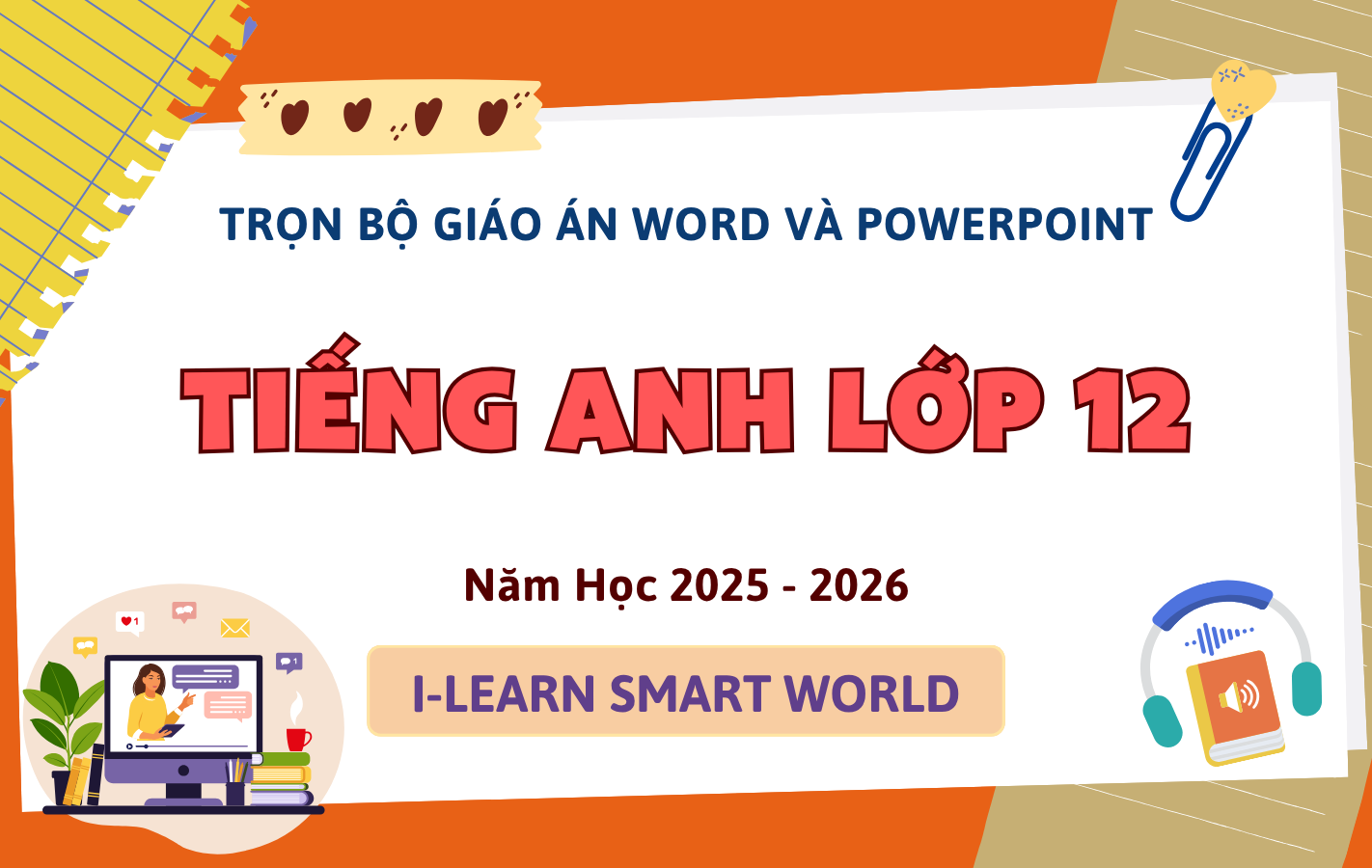
Trọn Bộ Giáo Án Word & PowerPoint Tiếng Anh 12 – I-Learn Smart World – Năm Học 2025-2026
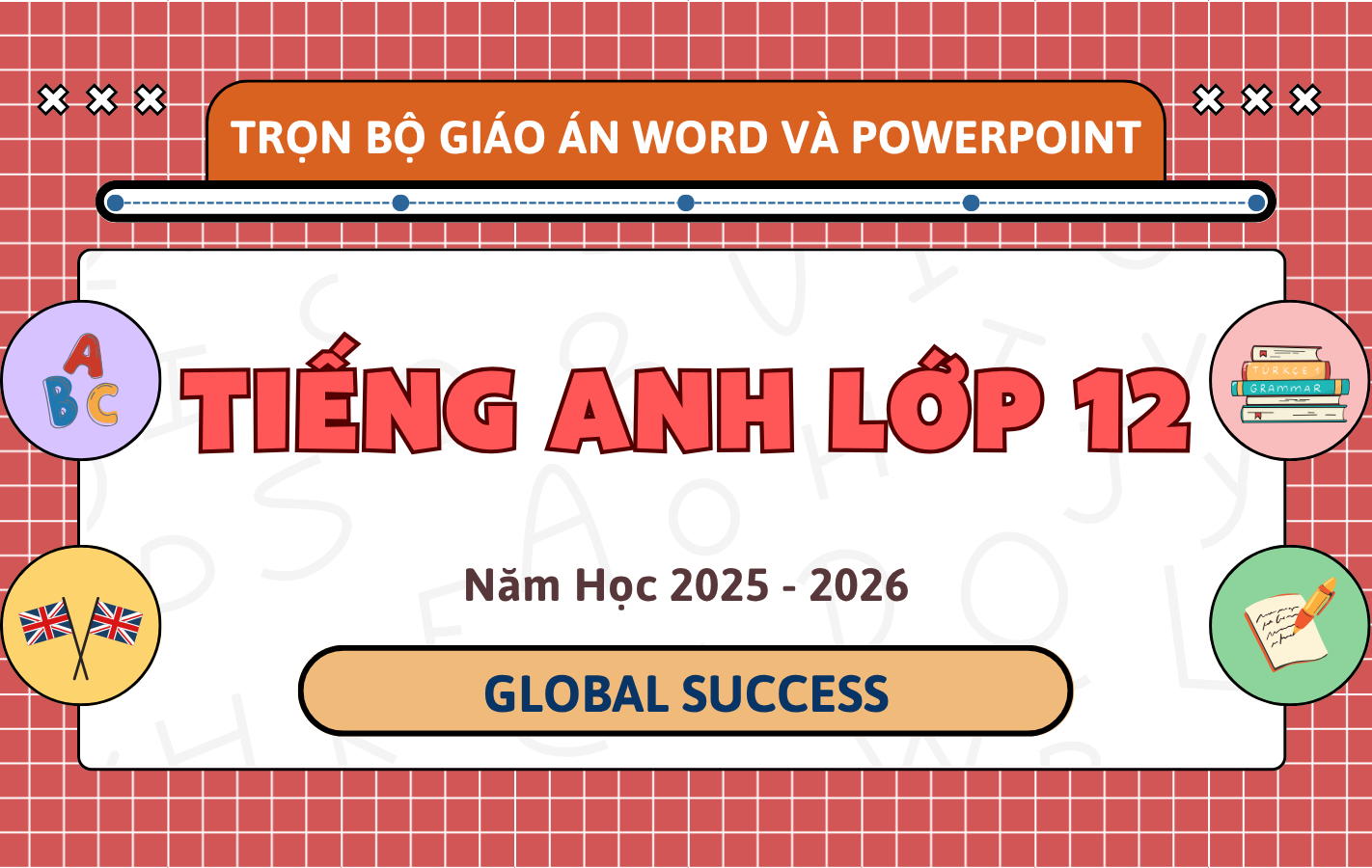
Trọn Bộ Giáo Án Word & PowerPoint Tiếng Anh 12 – Global Success – Năm Học 2025-2026
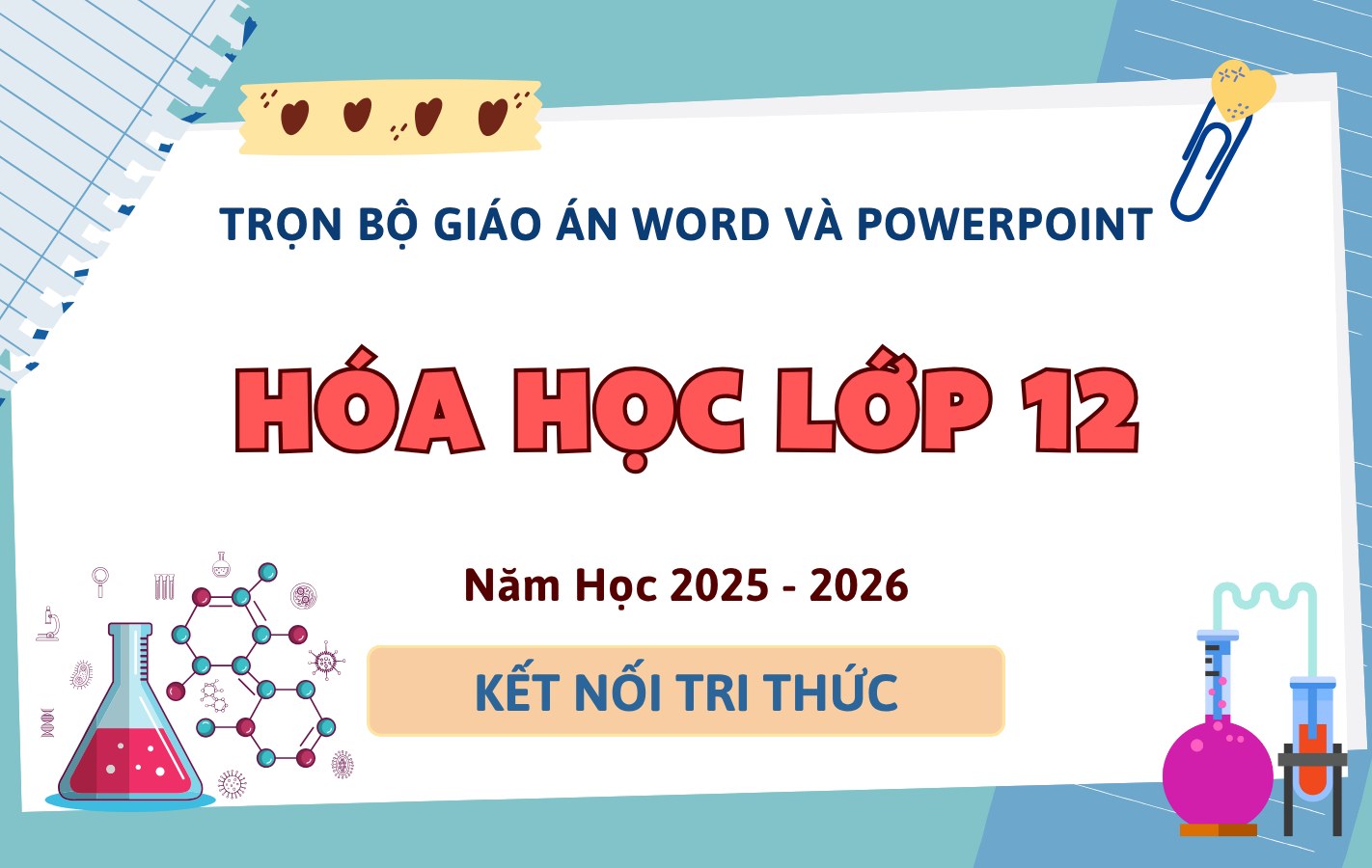
Trọn Bộ Giáo Án Word & PowerPoint Hóa Học 12 – Kết Nối Tri Thức – Năm Học 2025-2026
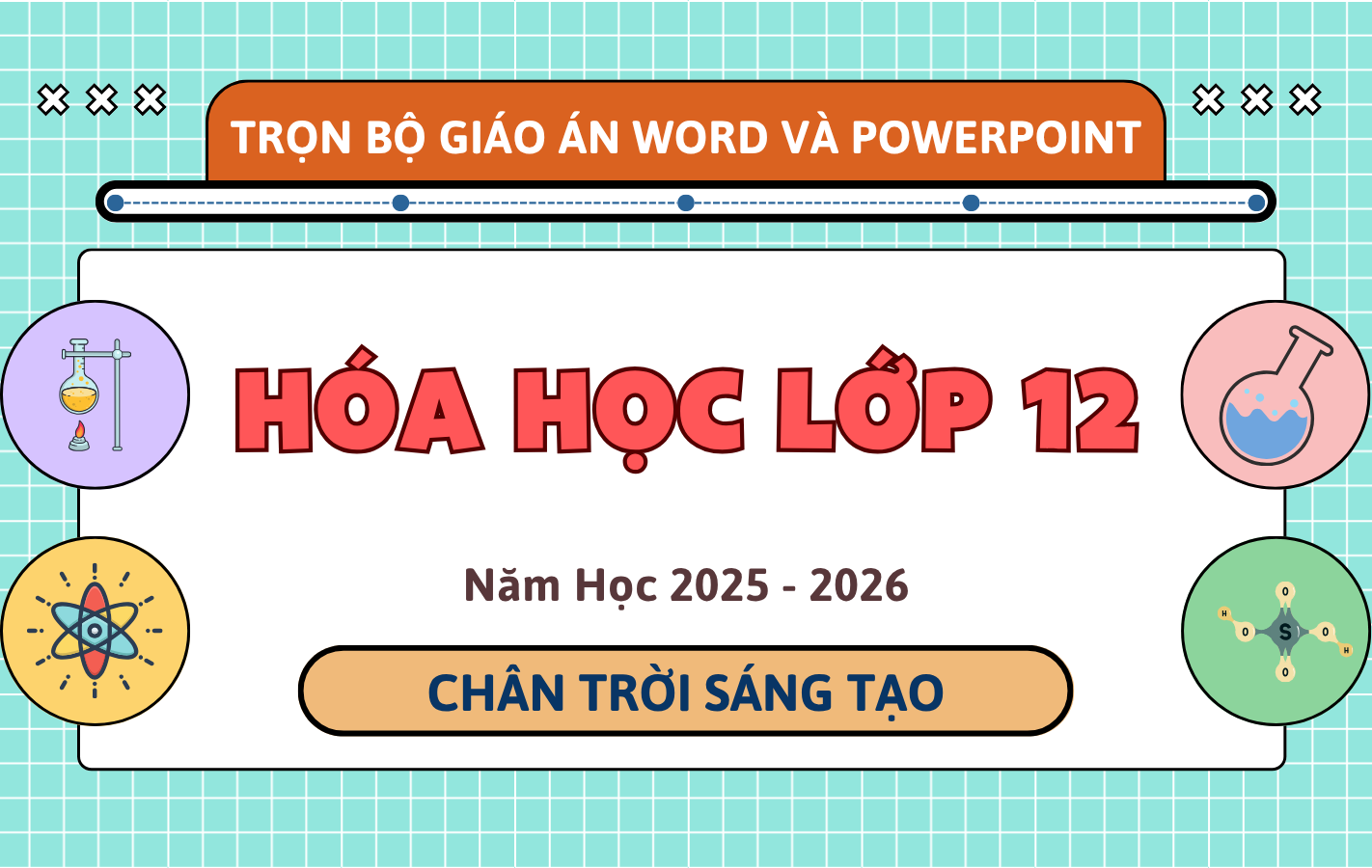
Trọn Bộ Giáo Án Word & PowerPoint Hóa Học 12 – Chân Trời Sáng Tạo – Năm Học 2025-2026
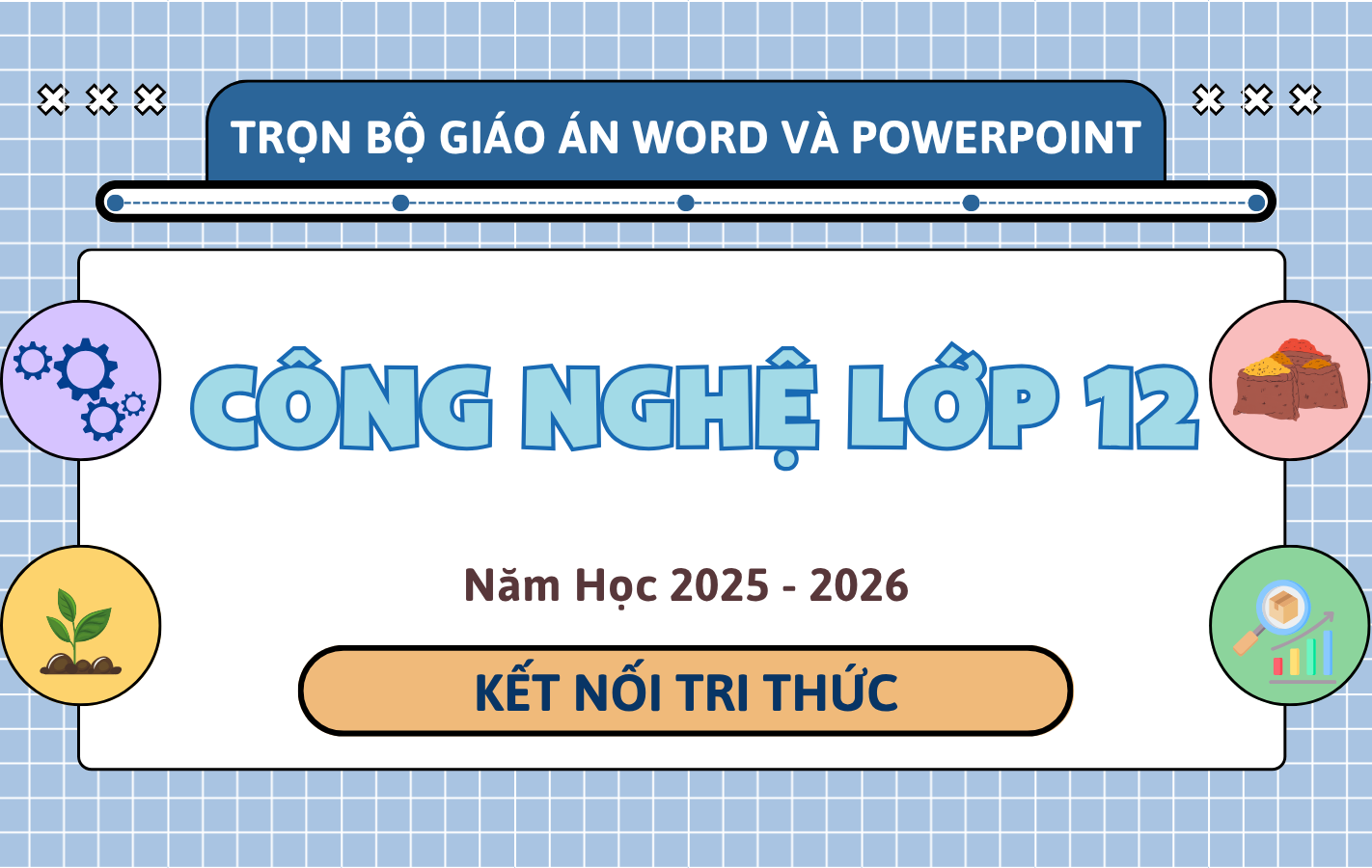
Trọn Bộ Giáo Án Word & PowerPoint Công Nghệ 12 – Kết Nối Tri Thức – Năm Học 2025-2026
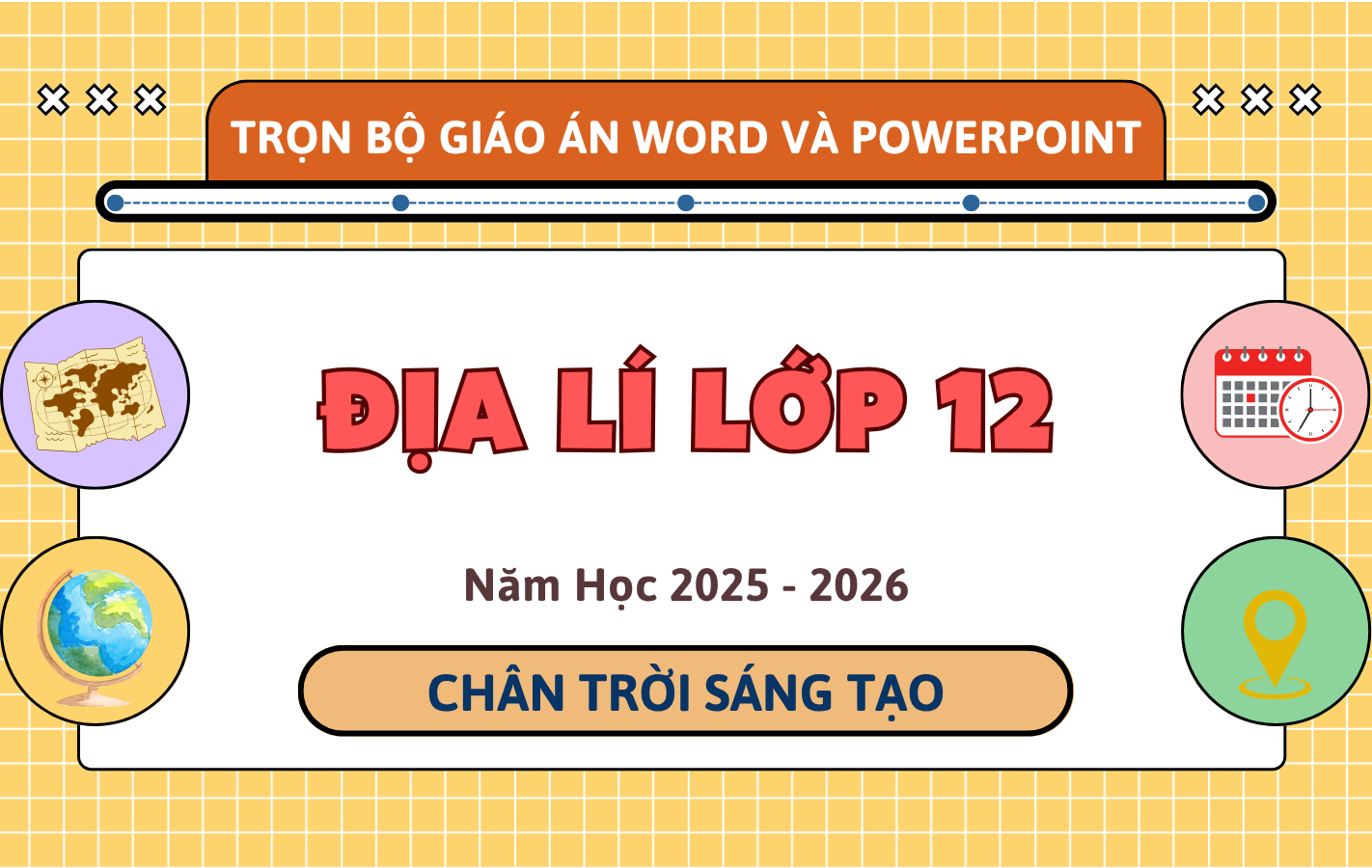
Trọn Bộ Giáo Án Word & PowerPoint Địa Lí 12 – Chân Trời Sáng Tạo – Năm Học 2025-2026
ĐĂNG KÝ GÓI THI VIP
- Truy cập hơn 100K đề thi thử và chính thức các năm
- 2M câu hỏi theo các mức độ: Nhận biết – Thông hiểu – Vận dụng
- Học nhanh với 10K Flashcard Tiếng Anh theo bộ sách và chủ đề
- Đầy đủ: Mầm non – Phổ thông (K12) – Đại học – Người đi làm
- Tải toàn bộ tài liệu trên TaiLieu.VN
- Loại bỏ quảng cáo để tăng khả năng tập trung ôn luyện
- Tặng 15 ngày khi đăng ký gói 3 tháng, 30 ngày với gói 6 tháng và 60 ngày với gói 12 tháng.